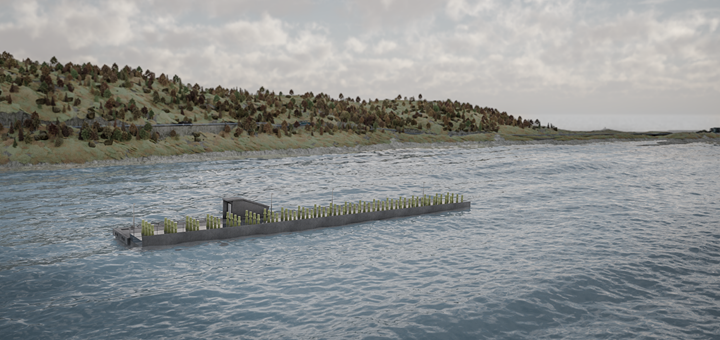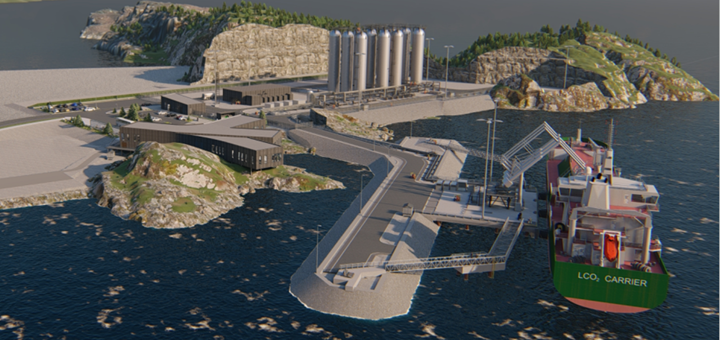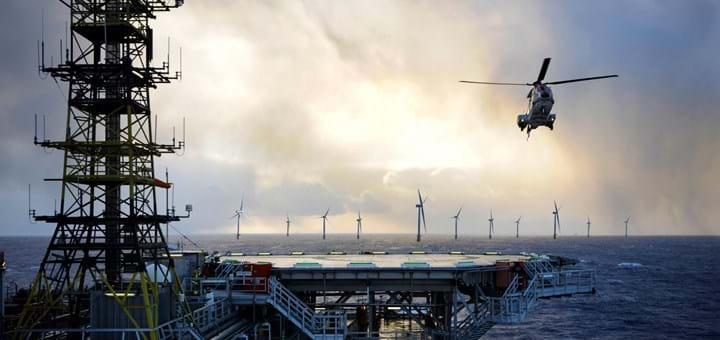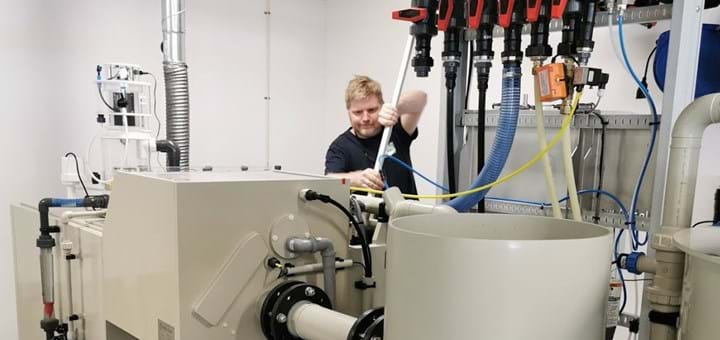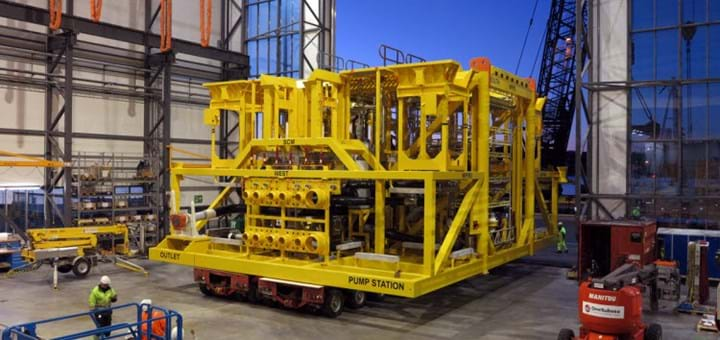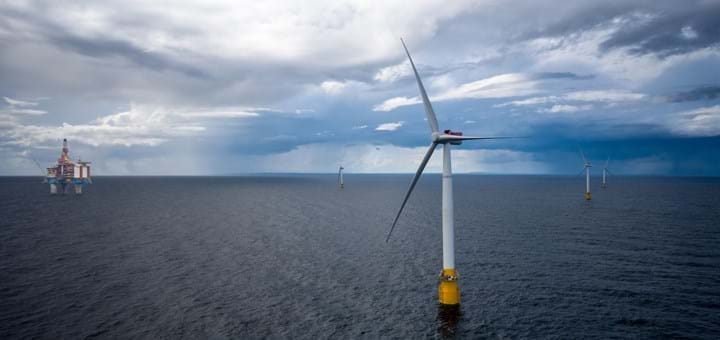Norwegian Hydrogen Technology can Lower Emissions
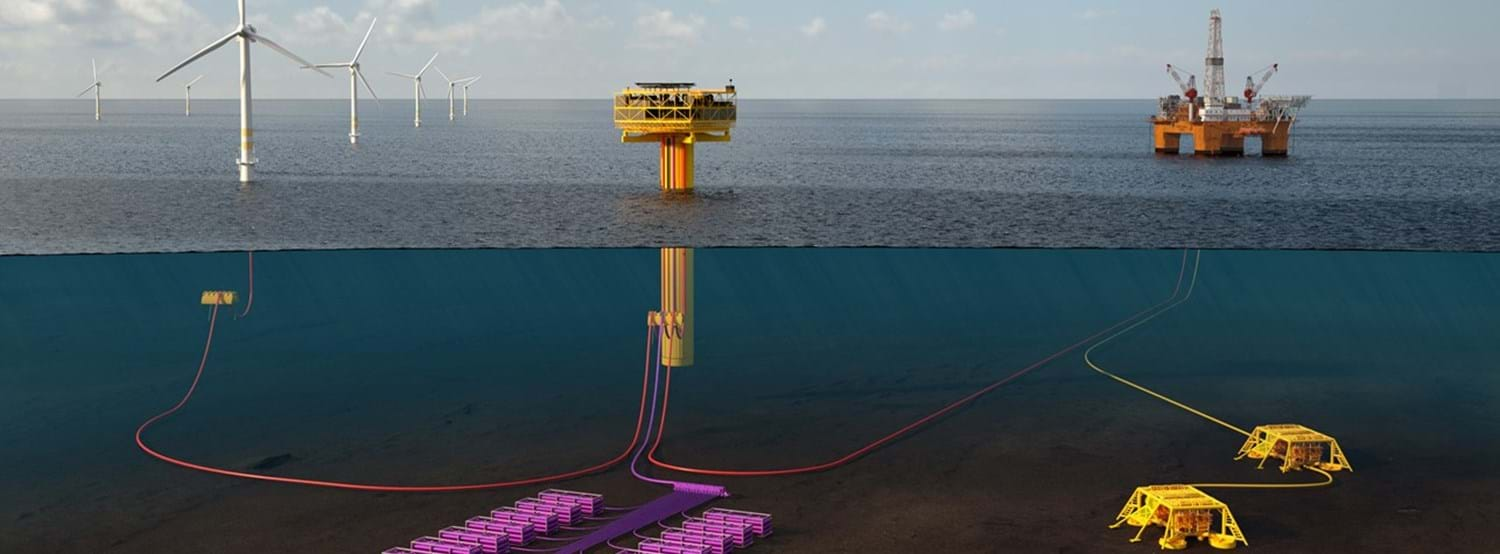
How can hydrogen help to drive sustainability? We spoke to energy services company TechnipFMC to find out.
Sun, wind and wave energy might help us to reach a cleaner future, but we’ll also need to rely on another key building block to get there – hydrogen.
As a clean energy carrier, hydrogen is more efficient for large-scale storing of energy than batteries. This means that it will be vital in helping heavy industries such as steel making, as well as some forms of transport, to move away from fossil fuels.
As it stands, many countries across the world are unable to make and store clean hydrogen at a large enough scale.
This could be about to change, thanks to new technology being developed in Norway by the international company TechnipFMC.
The company’s “Deep Purple” project involves using electricity from offshore wind turbines to make green hydrogen, which is then stored on the sea bed.
This hydrogen can then be turned back into electricity as and when it is needed. It could also be taken back to the surface and used to power ships, trucks, or industrial plants.
– If the world is going to stop relying on fossil fuels, we will need to replace this with other significant energy sources, explains Marit Mork, who is Project Manager for Deep Purple at TechnipFMC.
– We believe that using offshore wind turbines to produce hydrogen is a great way for coastal nations around the world to lower their carbon emissions, Mork says.

The Deep Purple project team at TechnipFMC, including Jørn Hartvedt (third from left) and Marit Mork (far right). The company’s hydrogen technology could help countries around the world to lower their emissions.
One system – Many Uses
One of the first uses for this technology could be within Norway’s oil and gas industry.
As Mork explains, most oil platforms are powered by gas turbines. These platforms could instead be hooked up to a system of wind turbines and hydrogen fuel cells, giving them access to clean energy on demand.
– We could provide oil installations with a stable 35 MW energy supply throughout the year,” she adds. “This would help to cut carbon emissions by roughly 80%, Mork states.
By the same token, the system could help to supply green energy to remote island communities around the world, many of which currently rely on diesel generators.

One of the first uses for the Deep Purple hydrogen storage system could be in the oil and gas industry, where TechnipFMC’s technology could help to provide oil and gas platforms with clean energy.
Hydrogen for Global Shipping
TechnipFMC’s Deep Purple technology could also play an important role in supplying the shipping industry with clean fuel.
The sector needs to greatly reduce its carbon emissions, and hydrogen fuel cells have been identified as one of the best ways of powering larger ships in future.
Indeed, the International Energy Agency (IEA) has recommended that hydrogen production should take place in and around ports, partly so that it is available for the shipping industry.
However, according to Jørn Kristian Lindtvedt, Business Manager at TechnipFMC, this may not always be the best solution.
– Ports are often busy places, and it may not always be possible to find space for storing and handling hydrogen at these locations, says Lindtvedt.
– Our system can help to overcome these challenges by storing hydrogen on the sea bed, and releasing it to shore when it is needed, he ends.
Bringing Norwegian Industry Together
One of the most interesting aspects of the Deep Purple project is the impact it can have for Norway’s growing hydrogen industry.
As Mork explains, – In Norway, we have many world leading companies that are developing hydrogen technologies. At TechnipFMC we are now using our expertise to combine these technologies, and find new uses for them in an offshore environment. We believe that this will benefit the whole hydrogen industry in Norway, she says.
She adds that there are many strong business clusters in western Norway, which has helped the company in finding partnerships with other firms.
– We wouldn’t have got this far without the help of clusters like GCE Ocean Technology, Energy Valley, and Hub for Ocean. Thanks to their networking role, we have found several good partners to work with, says Mork.
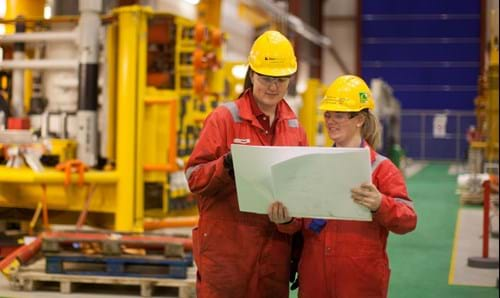
Norway is the third-largest exporter of natural gas in the world, and has a highly-skilled workforce within the oil and gas industry. This workforce is now starting to enter green industries such as offshore wind and hydrogen production.
Offshore Wind and Hydrogen: Vital for Norway’s Future
TechnipFMC aims to enter the next phase of its Deep Purple project later in 2020, where it will seek to further develop and qualify its subsea hydrogen storage facility so it is ready for commercial use in the next few years.
The company is also working on other partnerships that will cover the production of hydrogen using offshore wind turbines.
Mork believes that projects such as this will be vital for Norway’s economy in future.
Norway is the third largest exporter of natural gas in the world, and has a highly skilled workforce within the oil and gas industry. Over the coming years, this workforce will need to pivot towards green energy.
– One of our main motivations when we started Deep Purple was to create new business opportunities and high-quality jobs for Norway, Mork notes.
– We are currently supplying huge amounts of natural gas to Europe, she adds. – In the future, we could be using our existing infrastructure to provide the continent with renewable energy and clean fuel instead, Mork ends.
-------------------------------------------------------------------------------------------
This article is drawn from the magazine “Powering the Future” featuring interviews with industry leaders on topics such as wind energy, CCS and hydrogen.
The magazine is a collaboration between Invest in Bergen and GCE Ocean Technology.
Contact Information
Kjersti Boge Christensen
Communication Manager


TechnipFMC is a global leader in the energy industry; delivering projects, products, technologies and services.
TechnipFMC has been a partner of GCE Ocean Technology since 2006.

Podcast
Listen to this podcast episode from GCE Ocean Technology, where you will get to know Marit Mork (photo) from cluster partner TechnipFMC better.
In this episode you get to know more about TechnipFMC's focus areas, among others. about the Deep Purple project that creates offshore hydrogen and offshore wind for stable and renewable energy production.
Language: Norwegian

